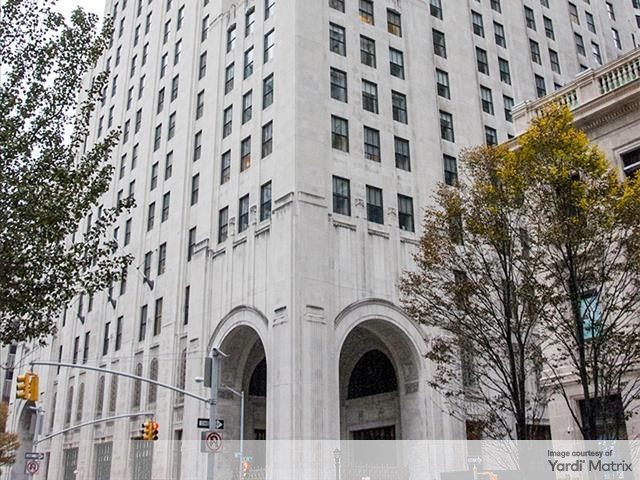Bank Distress Yields 3 Opportunities for CRE Investors
It will take more than good timing to partake in these transactions, observes Sabal's Pat Jackson.
The U.S. economy, commercial real estate industry and banking sector are all under duress. Numerous challenges—ongoing inflation, elevated interest rates, uncertainty surrounding declining commercial real estate valuations—have all come to a head and led to a heavily restricted commercial real estate lending environment. Not only are banks sitting on the sidelines with little origination activity occurring, but they also face increasing pressure to get existing commercial real estate loans off their balance sheets.
Community and regional banks have been the primary providers of commercial real estate loans and thus are more severely impacted. Many of these smaller banks’ balance sheets are loaded with loans coming due for repayment, and many of these assets are shorter-term bridge loans financed in recent years when interest rates were at record lows. With values now impaired, banks are reluctant to extend or refinance these loans and are, in turn, facing loan performance risks. Many will be forced to move these assets off their balance sheets to reset, raise additional equity or to enable mergers and acquisitions.
READ ALSO: When Smaller CRE Lenders Retreat
Making matters more difficult, primary regulators and the FDIC have set their eyes on these banks with increased scrutiny considering valuations and loan performance dynamics.
A silver lining for investors
Despite the tenuous economic environment and banking duress, opportunities are emerging for investors with an appetite and skill set to participate in critical solutions via assets and investments ideally positioned to rebound over the medium to longer term. Three opportunities at-hand will assist these banks out of their current predicament.
1. FDIC structured transactions with private-sector partners
The FDIC has begun taking action following recent bank failures and the probability of additional distress in the sector. It is instating a program like the Structured Transactions Program it implemented during the Global Financial Crisis, which leverages seasoned private-sector partners as joint venture partners to participate in bank loan portfolio transactions. To participate, partners must be well capitalized and have past success in resolving distressed bank assets. There is currently a limited field of experienced partners that meet these requirements. However, those that do can potentially generate a compelling risk/reward profile.
One high-profile bank at the center of this type of FDIC orchestrated loan portfolio sale is Signature Bank. In September, the FDIC began seeking buyers to offload the first tranche of the failed bank’s commercial real estate portfolio. The $33 billion in assets is being marketed in 14 different portfolios—$15 billion of these assets represent rent stabilized or rent controlled residences. Because of the sheer size of Signature’s portfolio, expect the FDIC to work with more than one purchasing partner, with large pieces of the portfolio going to different groups.
2. Proprietary, privately negotiated bank transactions
While the FDIC will play a crucial role in resolving bank distress from banks in receivership, the majority of transactions will likely occur outside of FDIC led portfolio sales through merger- and acquisition-driven transactions. One scenario for these will be when one or both institutions require the other to dispose of problematic real estate loans, or portfolios of loans, as part of the negotiation for the ultimate merger. Another scenario will be when banks dispose of assets when seeking an infusion of fresh capital to shore up their capital structure. Both cases require creative solutions by a skilled investor partner with the capabilities to take on all types of assets regardless of geographical location, thus providing a comprehensive solution that allows the bank to restore confidence among its investor, regulator, client and acquisition audiences.
3. Single-asset transactions
Lastly, there are many opportunities arising with single-asset transactions comprised of either loans on bank balance sheets, loans with shadow banks, or recapitalization needs at the asset level that require a new capital infusion. The pipeline for these single-asset deals is expected to increase exponentially over the next couple years as time runs out with current borrowers/owners and new solutions are needed.
Let’s be clear: Participation in all three strategies requires a well-capitalized partner with relationships, robust infrastructure and the agility to execute quickly. That partner must also demonstrate a proven track record spanning the full economic cycle (i.e., having worked out bulk distressed assets with success), and not just be a group that achieves results during bullish conditions.
Pat Jackson is founder and chief investment officer of Sabal Investment Holdings, the real estate investment management firm serving institutional investors.








You must be logged in to post a comment.